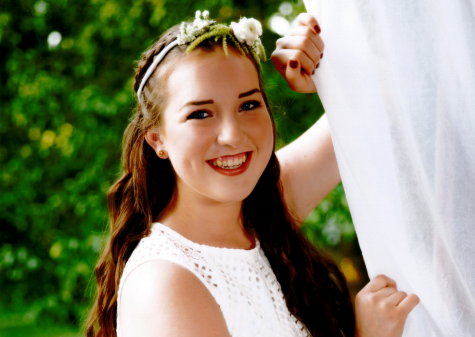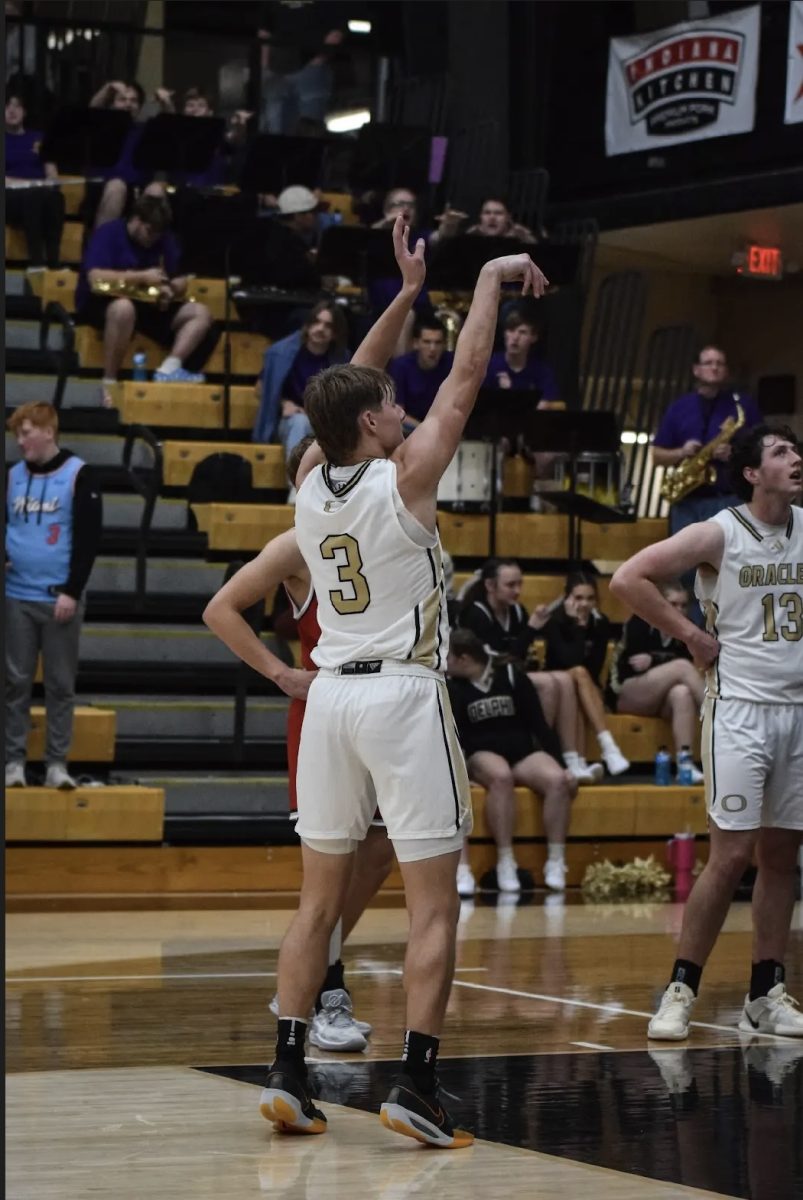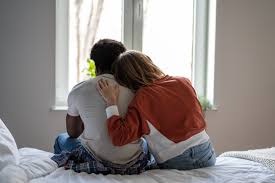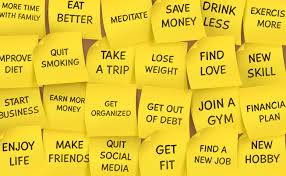Education in South Korea

The Winter Olympics officially started in South Korea in early February. The Olympic Games provide sports entertainment, create unity, and offer a good reason to learn about other countries. For instance, have you ever wondered what education is like in a different country? Read on to learn about the educational system in South Korea.
The Education System
In South Korea, children must take six years of primary school, followed by three years of middle school and then three years of high school. But, many schools are divided among genders. Boys and girls are put in separate classes and sometimes are in different wings of the building. The education’s goal in South Korea is as stated: “to foster each student’s personality and ability needed to preserve and strengthen the backbone of the nation; to develop students’ knowledge and skills to prepare them for jobs needed in society; to promote each student’s autonomy, emotional development, and critical thinking abilities to be brought to bear in and out of school; and to improve physical strength and foster a sound mind.”
Subjects Learned
There are nine principal subjects that are learned by all students in South Korea’s schools: moral education, music, Korean language, social studies, science, physical education, fine arts, mathematics, and practical arts. English is also taught in South Korean schools starting around the third grade.
School Days
In South Korea, students stay in one classroom throughout the whole day, minus lunch and breaks. The teachers actually move to and from classes. Also, classes are about 50 minutes long with a morning and afternoon break. Not only do they have 50 minutes of class time, but also 50 minutes for lunch. School typically ends around 4:30, where students will then go to a library or tutor room until around ten to do their homework and study.
South Koreans go to school for two semesters, just like our school does. The first semester is during the months of September-February, while their second semester goes from March-July. Each school has to have students attend a minimum of 220 days.
Standardized Testing
Mandatory study groups from 6 pm to 10 pm called “cram schools” help students prepare for the Suneung, a standardized test determining college preparedness. The Suneung occurs once a year and tests students’ knowledge of Korean, English, maths, social studies and sciences. Test answers are available the same day the take the test, giving them a vague idea of how they did. South Korean student Lee Yeon-soo said, “Here was something I had been running towards for the last 12 years of my life, and I was suddenly there. What next?” Many students will immediately start studying to retake it the next year while some stop coming to school completely.
Drug and Party Culture within Schools
There is a very minimal drug or party scene in South Korean high schools. Since studying is so prevalent in high school, many students do not experiment with drugs, alcohol, or even relationships until they reach college. There is simply no time to make unwise decisions that might damage their future. They do, however, enjoy and follow the entertainment industries of music and television.
Future Educational Goals
South Korea is always looking toward the future of their education system. South Korea is one of the top countries that value education and want the children to get the greatest education possible. Their main focus for the future of the education system is as stated: “To raise the quality of education to a world-standard level of excellence.”
The South Korean educational system has many similarities to the American system. However, the time they spend in school each day and each year is much longer. The Olympic Games are about unity and cultural inclusion, which can be found in simple acknowledgment of our overlapping cultures. Gaining knowledge of what other countries value is not only interesting, it also helps promote global thinking and understanding.

Dacota is a senior at Delphi this year, and this is his first year on the Parnassus staff. He is also involved with Interact, Spanish Club, and Student...

Emily Hudson is a senior at Delphi and is in her second year on the Parnassus staff. Emily performs with the Entertainers and in the spring musicals. In...


















